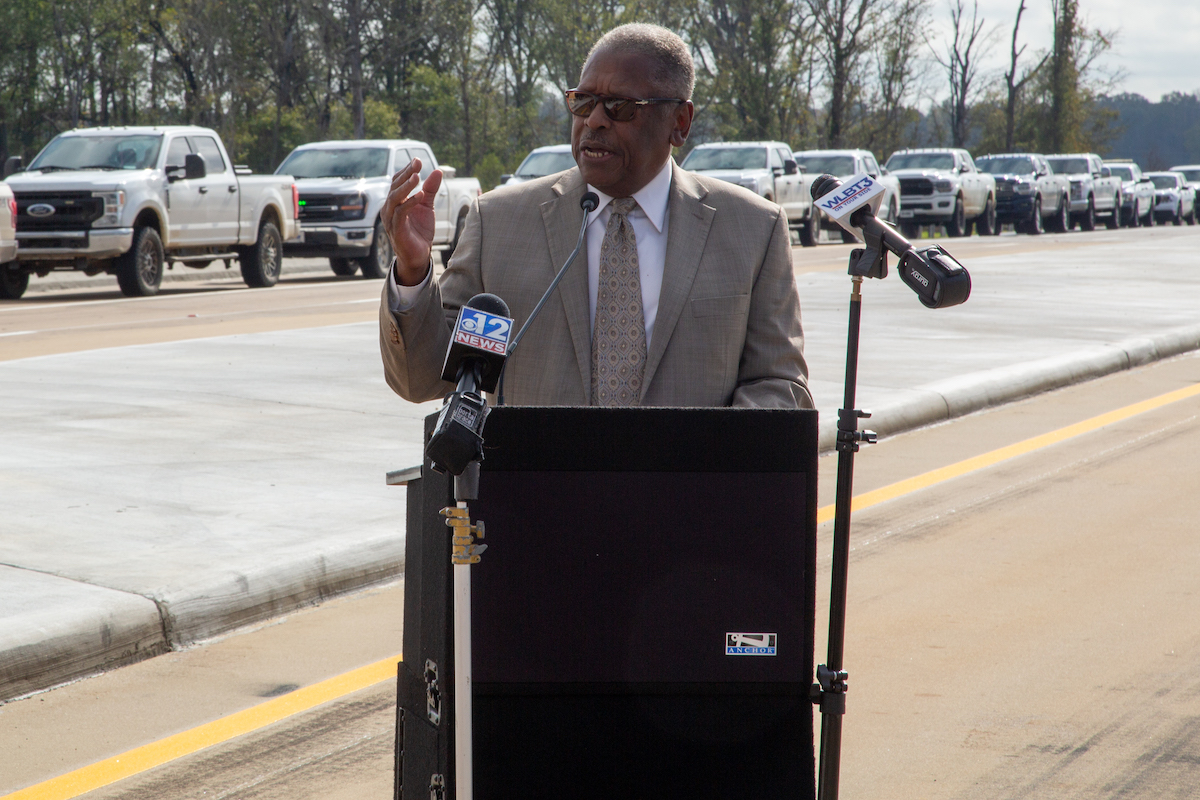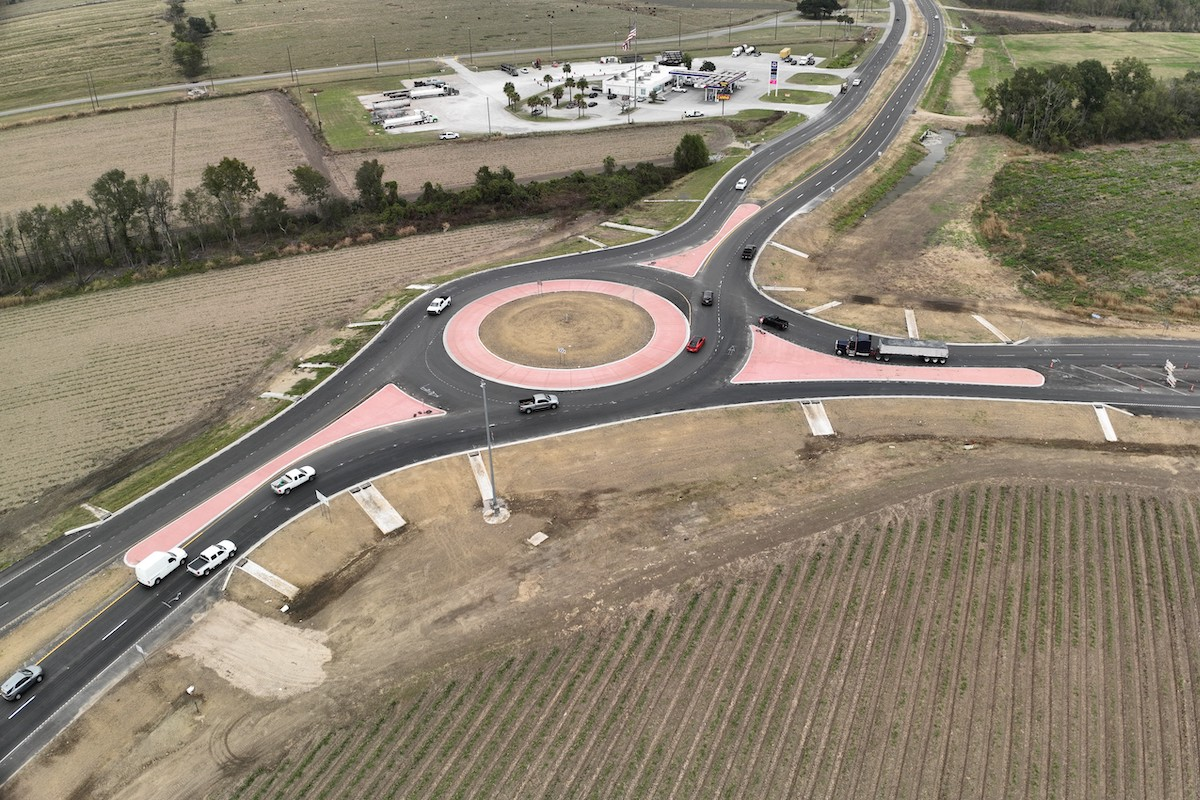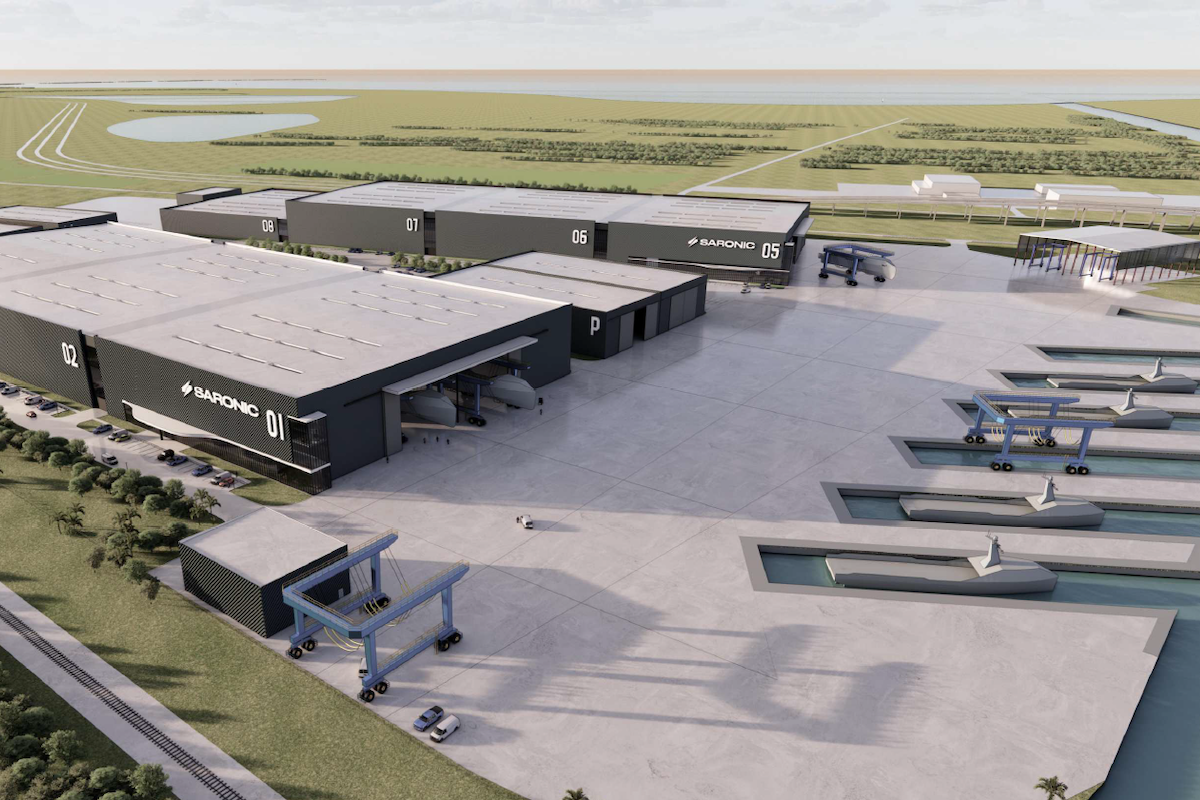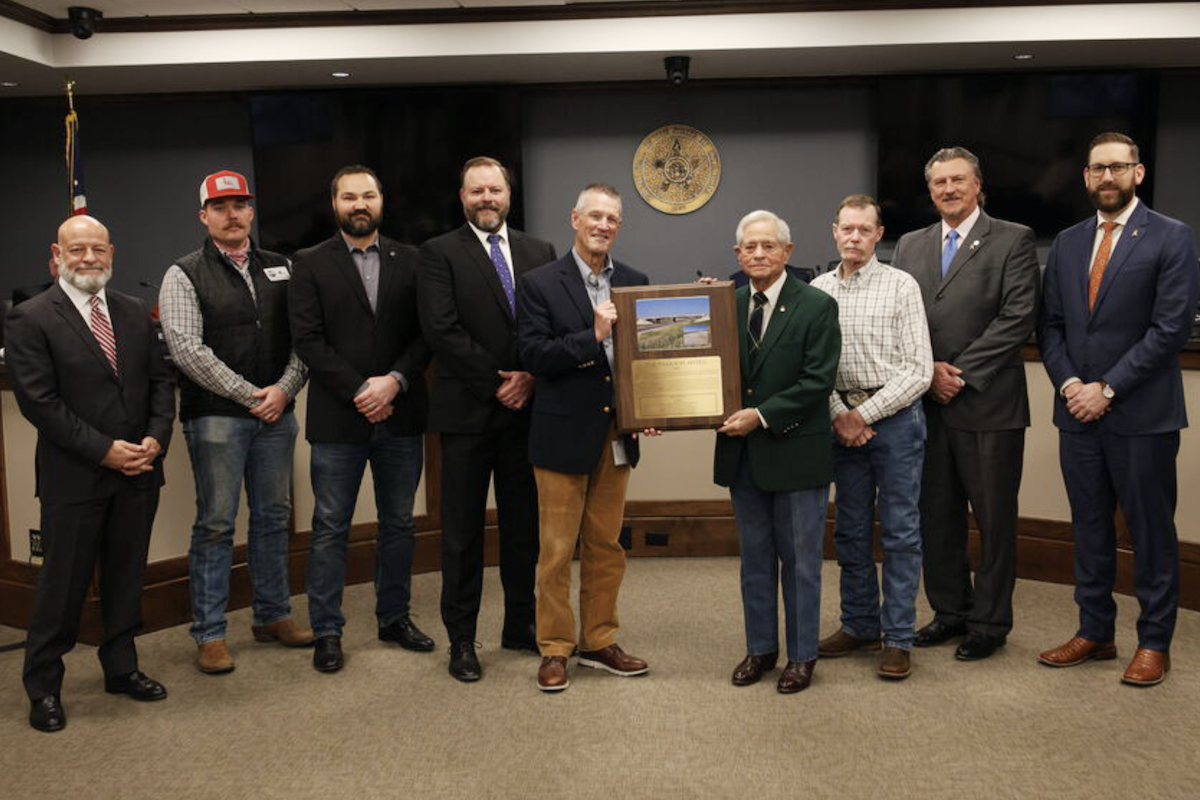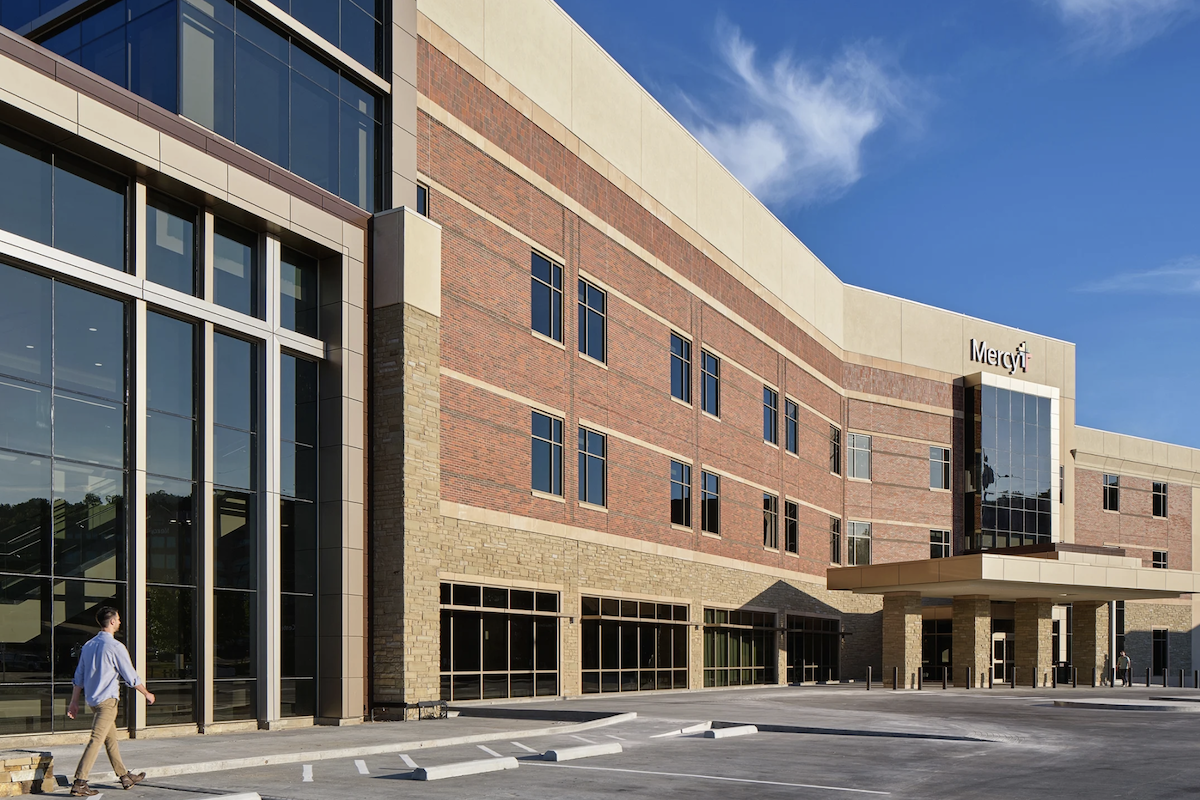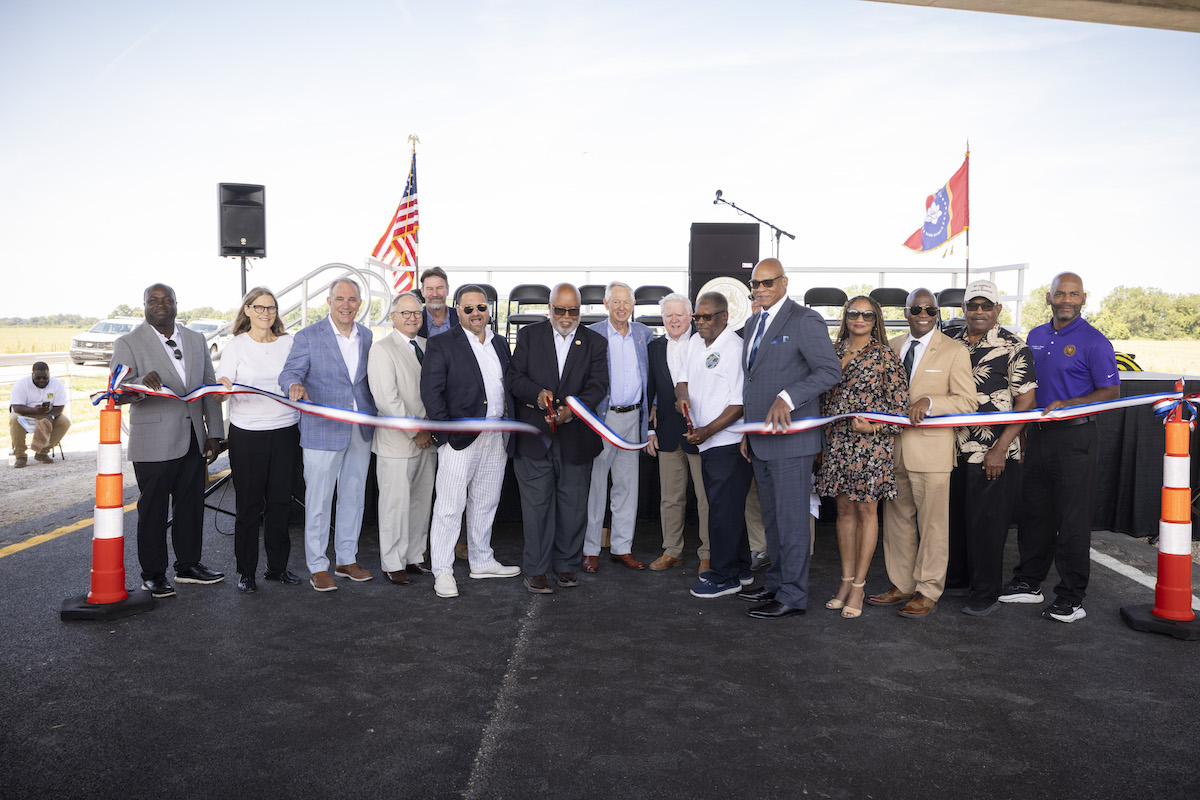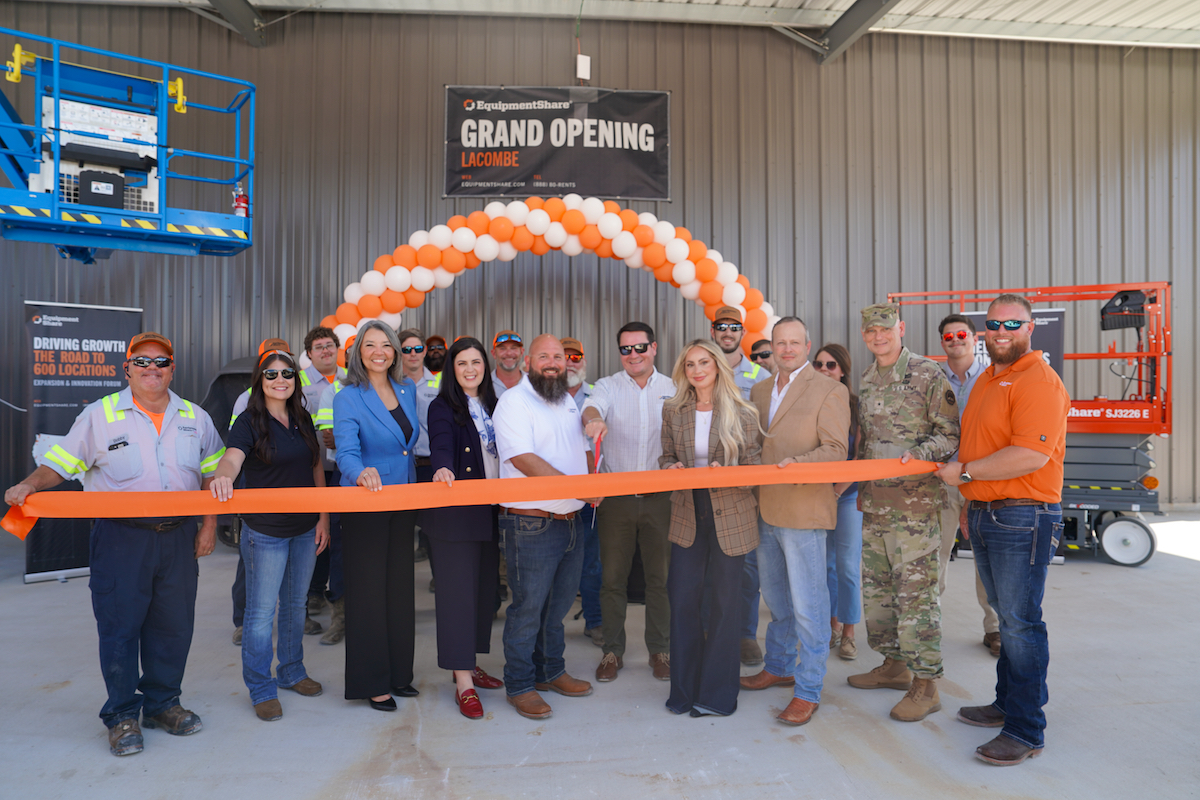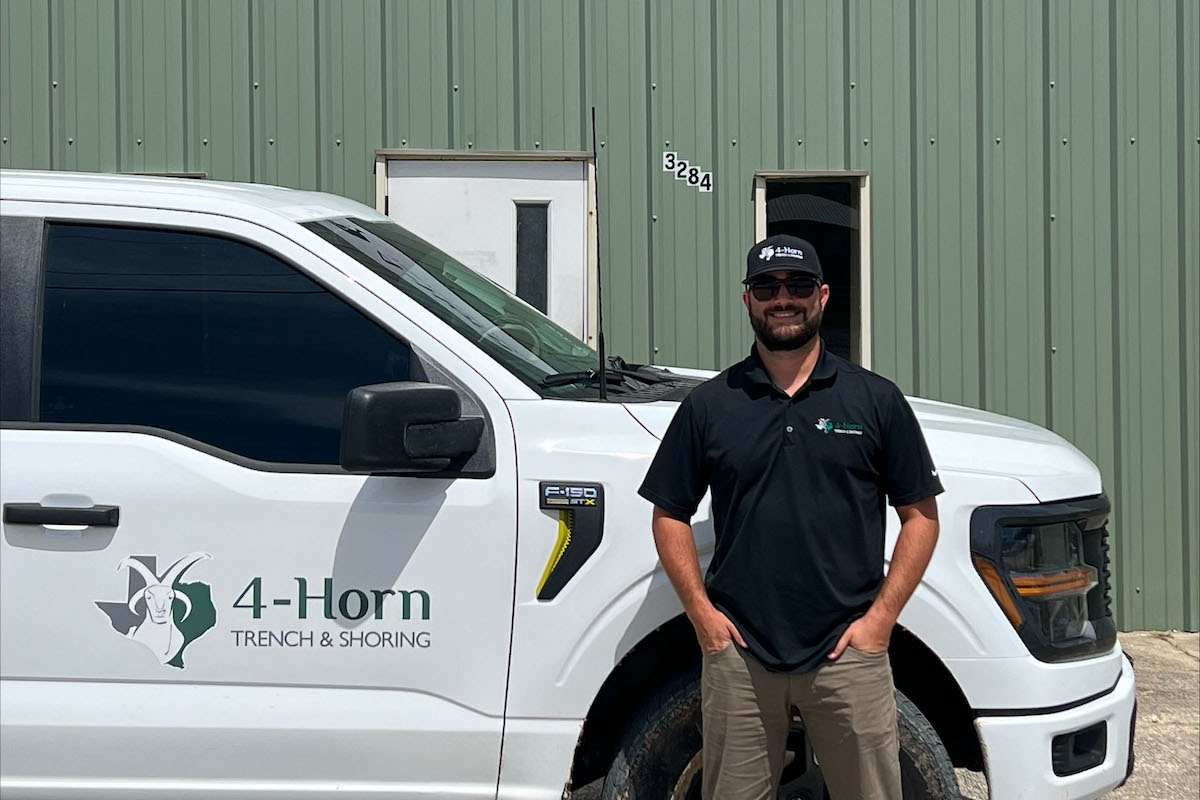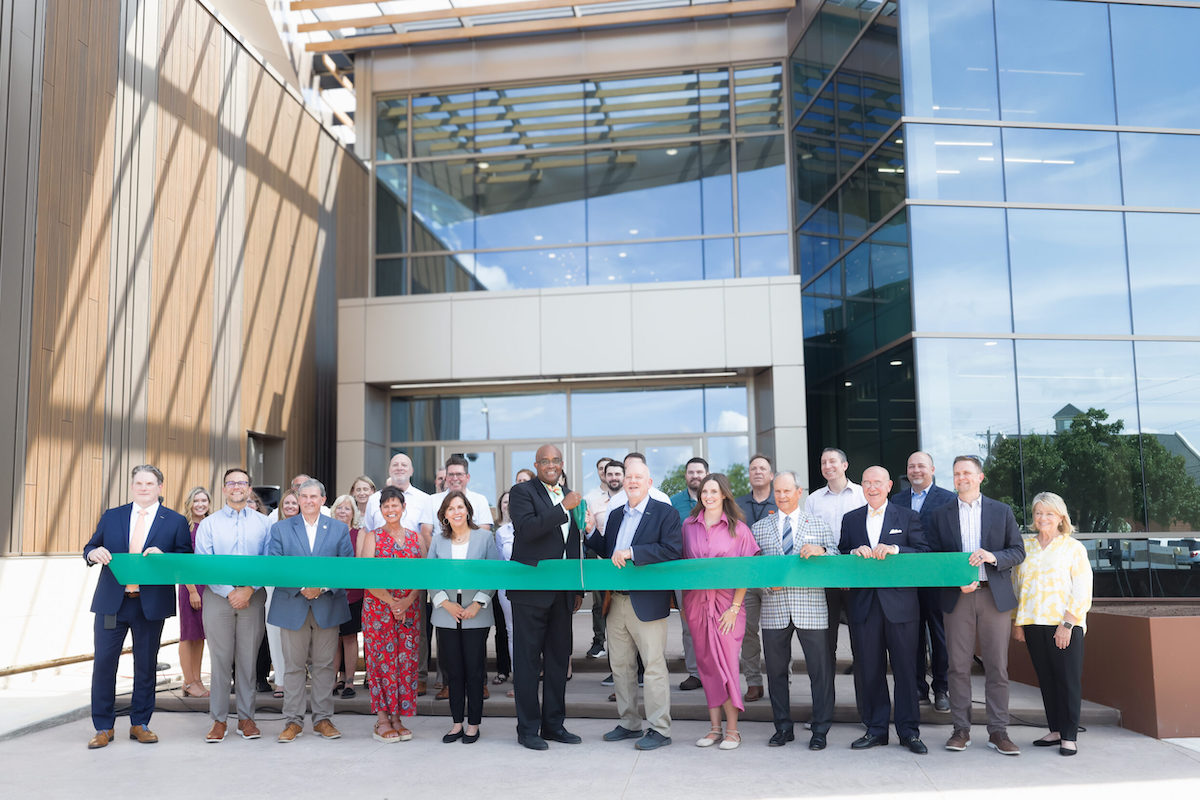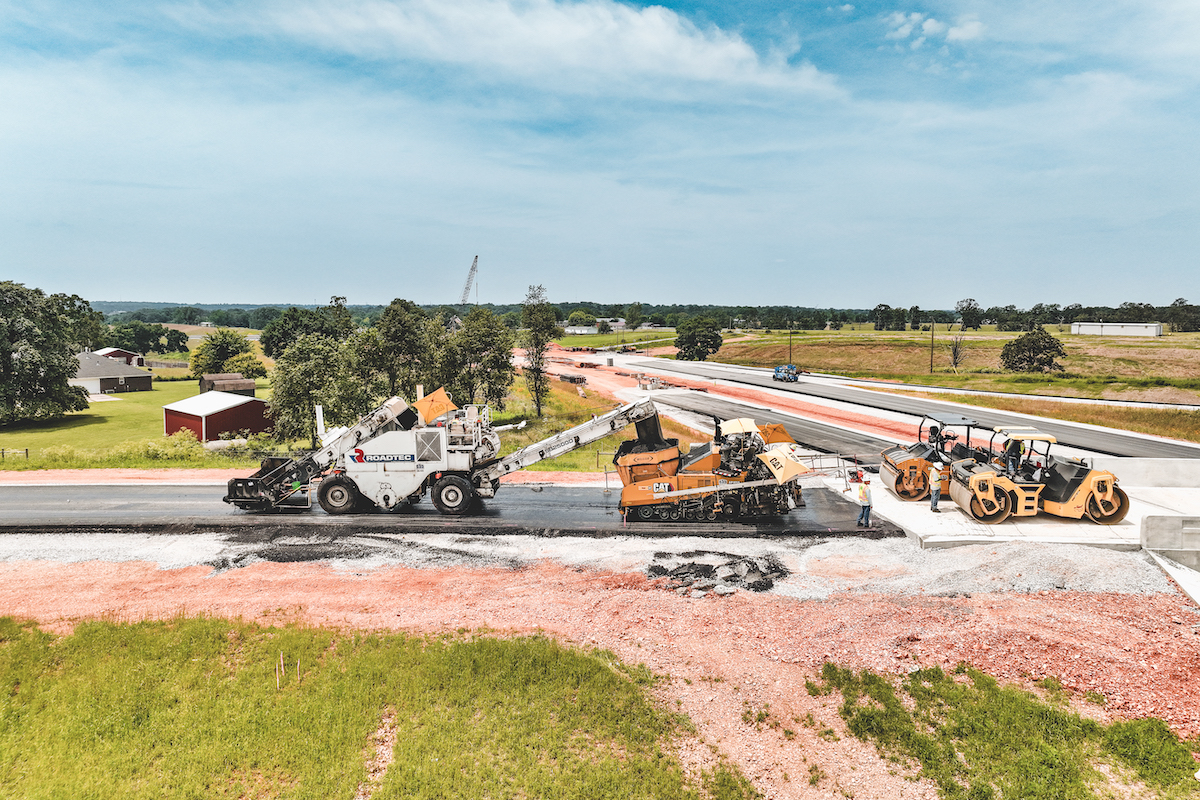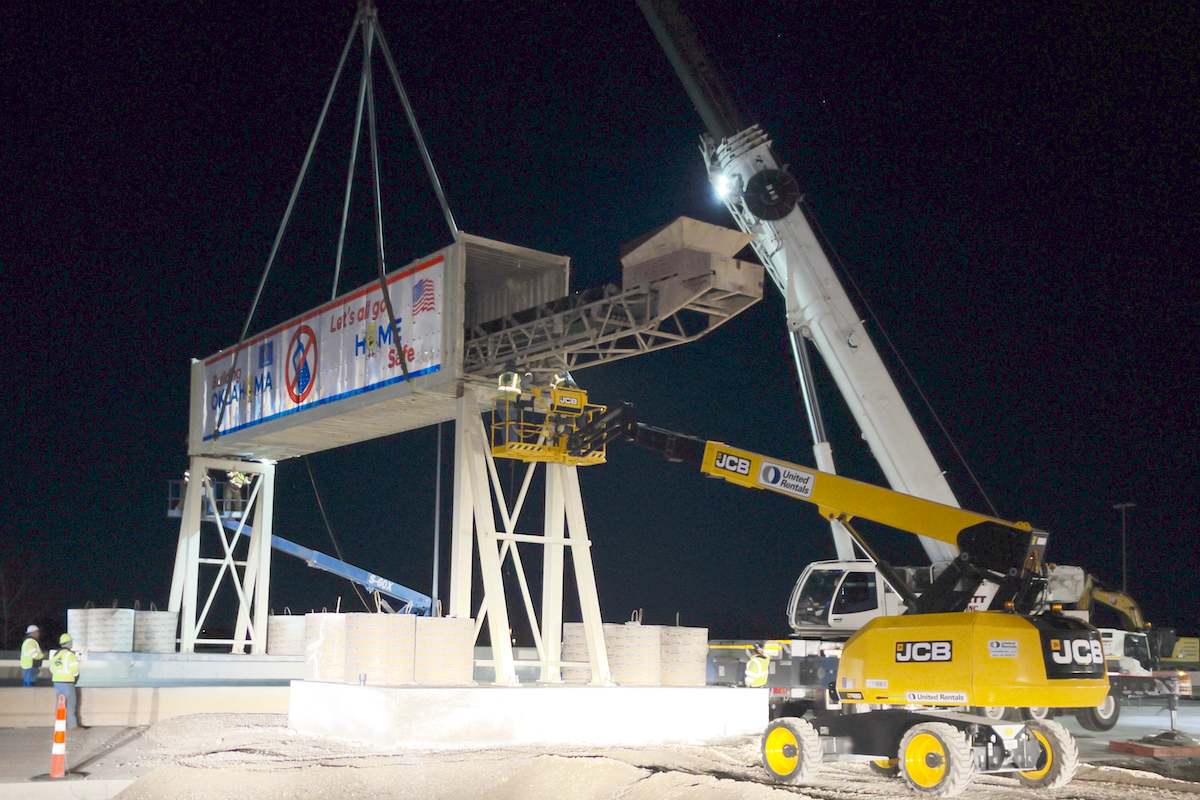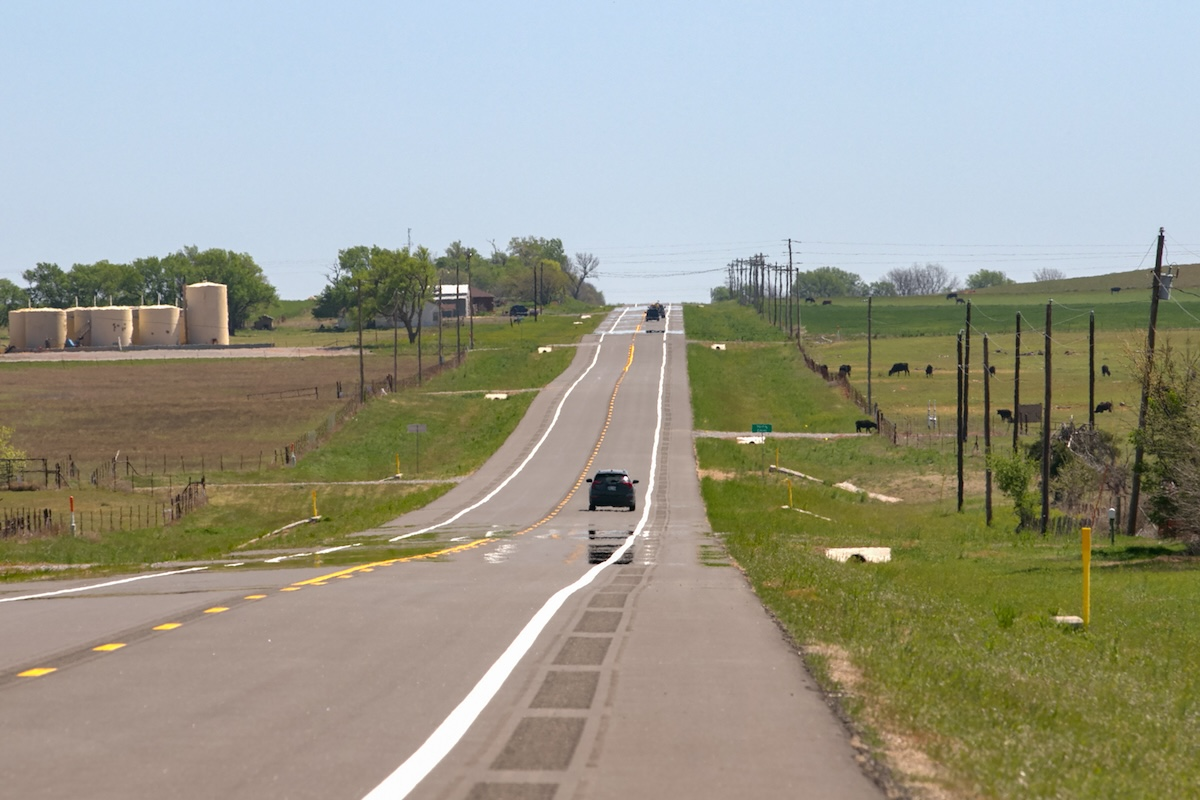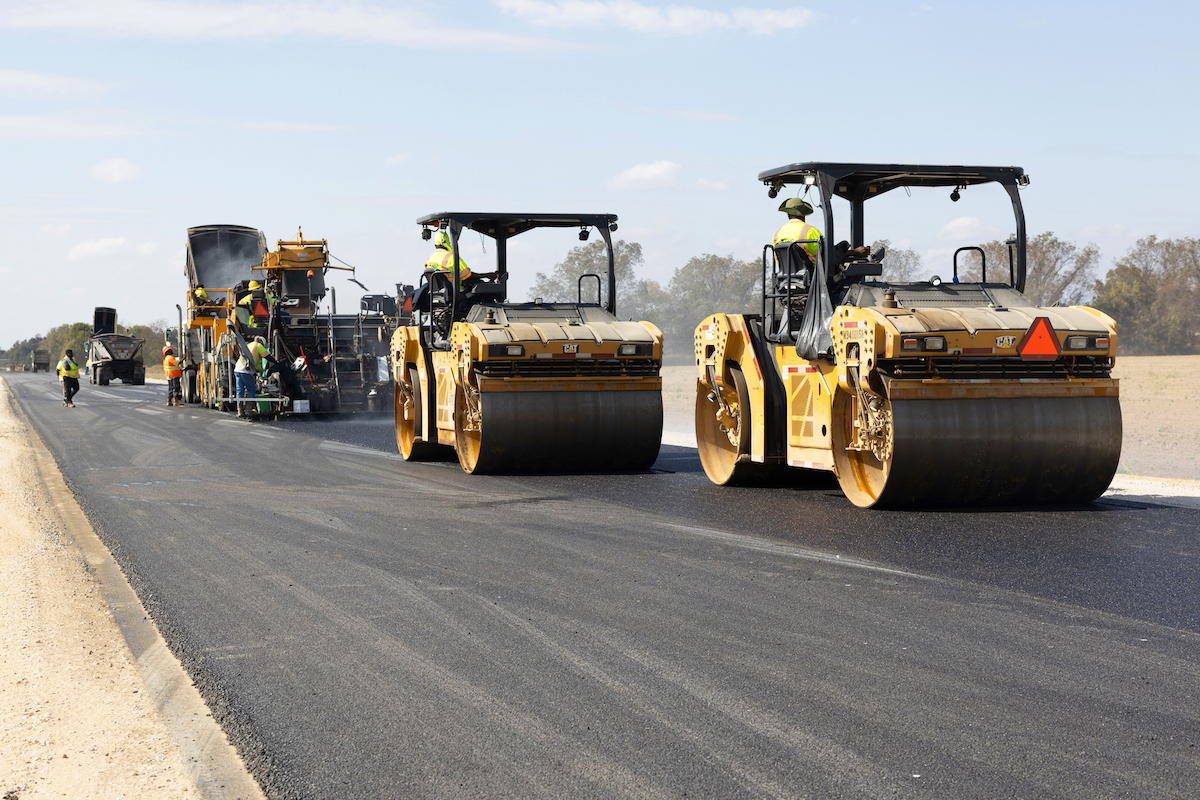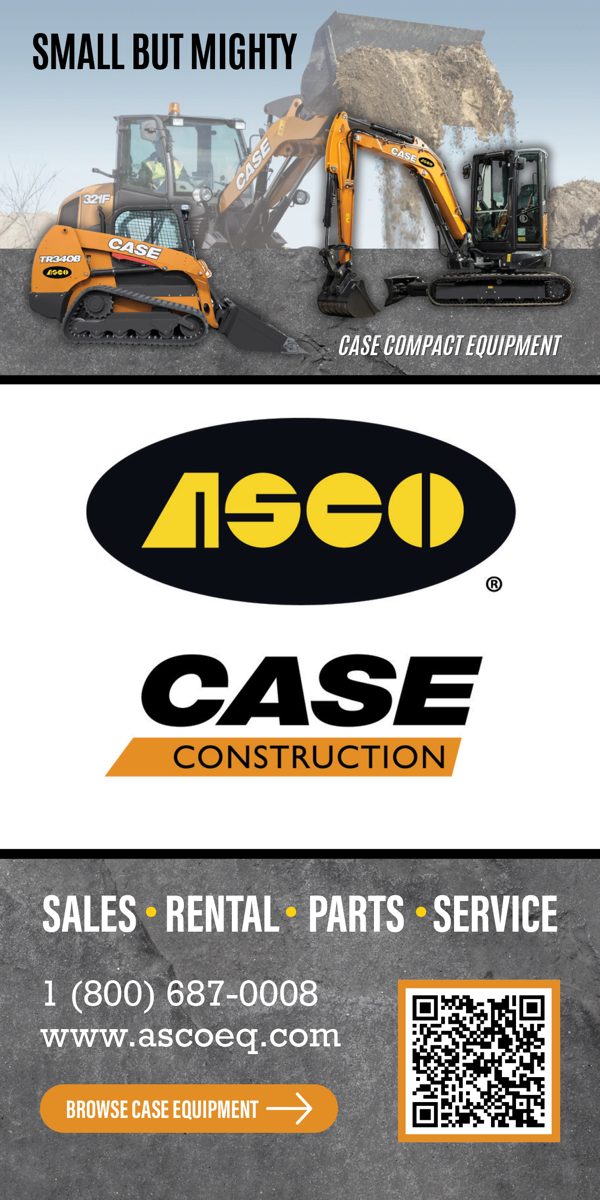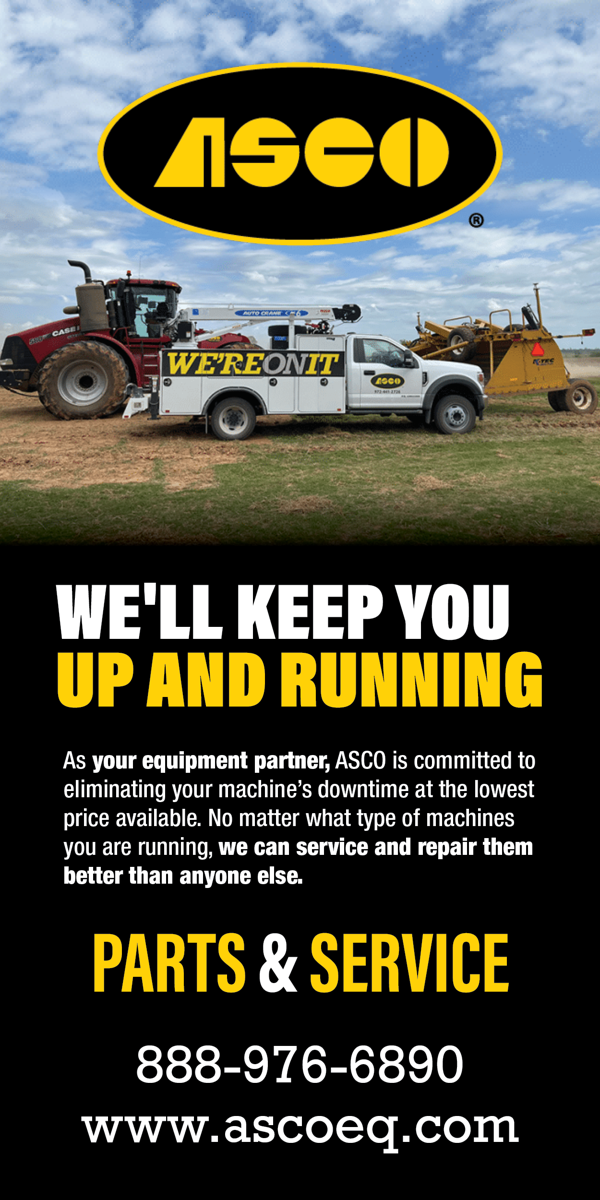The way that compact track loaders (CTLs) have completely blown up the rubber-tired skid steer market in the last 15 years is something that – when the history of construction equipment is written – we’ll all remember as a pivotal sea change in the way we work and the way that earthmovers do business.
Does that mean that skid steers have been thrown into the dustbin of history and mothballed as relics of a time gone by?
Absolutely not. There are still critical applications/operations where skid steers play an important role. Based on your applications and your type of work, these are the considerations that may still make a skid steer a better choice for you over CTLs.
Improved Surfaces
Asphalt. Concrete. Hard-packed gravel and rock. These surfaces are the greatest threats to the rubber tracks of a CTL, leading to increased wear and replacement – not just on the tracks, but on the undercarriage components as well. Rubber tires last longer and roll faster as they move over these surfaces. And replacement costs for rubber tires are considerably lower than rubber tracks and undercarriage components.
Travel Speeds
If travel speed is important to you – whether roading, completing cycles or just the ability to traverse the jobsite – skid steers will give you considerably faster travel speeds. For instance, in our lineup, comparably sized machines rated at 2,300 pounds operating capacity have travel speeds of 12.6 miles per hour (rubber-tired skid steer) and 9.5 miles per hour (compact track loader) – giving skid steers that speed advantage.
Better Maneuverability
There’s this perfect idea of how manufacturers coach operators on how skid steers and CTLs should operate – but no jobsite is perfect and no operator is immune to temptation when it comes to one of the most harmful movements to tires and tracks that can happen – counterrotation. It is instantly gratifying to crank on the sticks and immediately be facing the direction you want to go, but it remains a damaging move to tires and tracks and isn’t entirely safe, either.
Having said all of that, anything other than a very deliberate “Y” turning cycle in a CTL leads to added abrasive resistance and wear on the tracks. Rubber-tired machines are a little more forgiving in terms of being able to make gradual, arching turns with the machine – making them more maneuverable.
Lower Purchase Price
This is pure investment and total cost of ownership consideration: the initial purchase price of a skid steer versus a CTL is notably lower. If you’re a contractor who only works on improved surfaces, or improved surfaces and a mix other turf/underfoot conditions that are not prone to rutting – then a rubber-tired skid steer may be the smart investment for your business. The machines perform similar/identical tasks, but one costs quite a bit more than the other. If your business can complete the tasks without requiring the lower ground pressure of the CTL, the skid steer will prove more profitable over the life of the machine. If, however, you mostly work in environments where fixing ruts becomes a timely and costly problem, the CTL will still be the best bet over the life of the machine in your business.
Lower Replacement Prices
The costs of rubber tires and rims are quite a bit less than the cost of rubber tracks and undercarriage components. As these machines wear and require updating over time, the repair/replacement rates related to rubber tires vs. a CTL undercarriage will be quite a bit less.
Flexibility and Easy Changeout
Not sure where the future is taking you – and you may see a need in the future for solid tires or other specialty tires – but you can get by with pneumatic rubber tires right now? Skid steers give you that opportunity for flexibility in future considerations. While CTLs do provide a variety of track and tread options, the costs are higher and the interchangeability is not quite as efficient or as cost effective as a four-wheeled machine.














